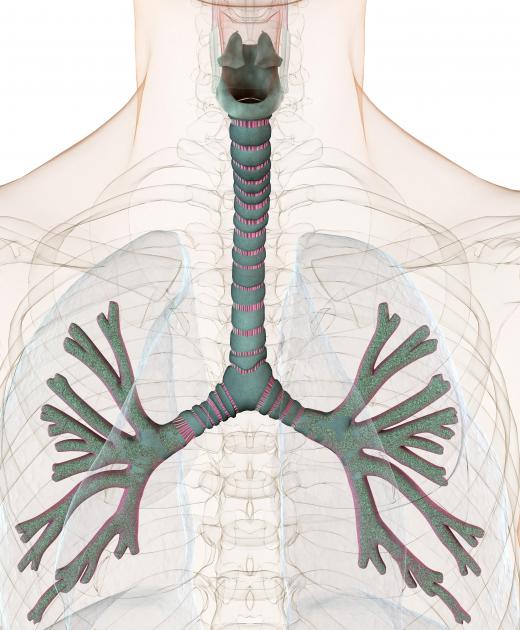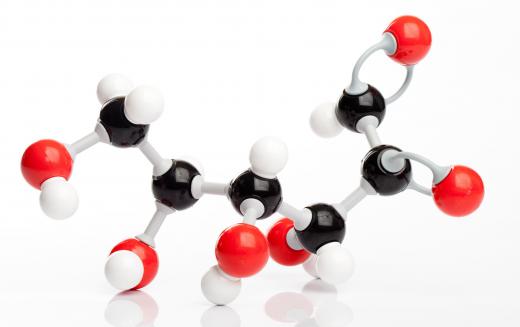What Is Aerobic Cellular Respiration?
Cellular respiration is the process in which food molecules are used to produce cell energy. It can be aerobic, where oxygen is present, or anaerobic, where oxygen is absent, and a sugar such as glucose is required to fuel the process. Aerobic cellular respiration typically occurs in eukaryotic cells, the cells which are found in plants and animals. The metabolic processes involved take place in tiny structures inside the cell known as mitochondria. Starting with glucose and continuing through a series of chemical reactions, cellular respiration enables the production of a form of biochemical energy called adenosine triphosphate (ATP).
Mitochondria, the tiny cell organs, or organelles, in which aerobic cellular respiration takes place, are found inside almost all eukaryotic cells. Cells which have higher energy requirements, such as brain cells, contain greater numbers of mitochondria. Before the cellular respiration can occur, an initial step, known as glycolysis, takes place outside the mitochondrion, in the cell cytoplasm. The cytoplasm is a gel-like substance that fills the cell and in which organelles such as mitochondria are situated.

Glycolysis is a metabolic reaction in which glucose is broken down, forming two molecules of pyruvic acid and two of reduced nicotinamide adenine dinucleotide (NADH). This process is the initial step which occurs in cells before either anaerobic or aerobic cellular respiration. Glycolysis does not require oxygen and, although the process uses two molecules of ATP it creates four, resulting in a net gain of two ATP molecules. The pyruvic acid and NADH then enter the mitochondrion, where pyruvic acid is converted into a substance called acetyl CoA. Energy is needed to transport NADH into the mitochondrion, and this results in the loss of two ATPs.

Two steps of aerobic cellular respiration then occur, which are known as the Krebs cycle, or citric acid cycle, and the electron transport chain. Acetyl CoA enters the Krebs cycle which produces reduced flavine adenine dinucleotide (FADH2) and NADH, together with ATP. FADH2 and NADH then transport electrons to the electron transport chain, where they are oxidized and more ATP is created. Overall, accounting for the initial loss of two ATPs, the reactions which occur inside mitochondria produce 36 ATP molecules.

Water and carbon dioxide are the waste products of aerobic cellular respiration. Carbon dioxide combines with water to create carbonic acid, making the blood more acidic. This plays an important part in maintaining the blood's pH. Respiration continually removes carbon dioxide from the body, preventing the blood from becoming too acidic.
AS FEATURED ON:
AS FEATURED ON:













Discuss this Article
Post your comments